
Once Isearch.SafeFinder.net is launching on your computer, it will display tons of ads and sponsored links in your search results. What’s more, it is able to silently collect your search options from your search queries. The main purpose of Isearch.SafeFinder.net is to maximize advertising revenue by inflating a site’s page ranking in search results.
Although Isearch.SafeFinder.net is not a virus determined by technicians, it does display numerous malicious traits to hook deeply into the operating system. Well, like other browser hijacker, Isearch.SafeFinder.net is also able to interfering with the users’ surfing experience and is categorized as a “PUP” or potentially unwanted program.
Isearch.SafeFinder.net usually installs in your computer by packing with a free software like video recording/streaming, download-managers or PDF creators and he custom installer on many download sites (examples: CNET, Brothersoft or Softonic). So if you download a software from them, you computer is very likely to get infected. And your browser’s default setting will not be restored even you uninstall the software mentioned above, which means, in one way, you have to remove Isearch.SafeFinder.net manually; and in the other way, you can remove Isearch.SafeFinder.net automatically with up-to-date SpyHunter.
Effective Solutions to Remove Isearch.SafeFinder.net Completely And Safely
Solution 1: Manually Remove Isearch.SafeFinder.net, Once for All
Solution 2: Automatically get rid of Isearch.SafeFinder.net Completely
Solution 1: Manually Remove Isearch.SafeFinder.net, Once for All
Firstly, stop the process from Task Manager by the following steps:
Windows XP users:
Step 1: Click Start ------the Windows Logo at the bottom left corner of your computer.Step 2: Click Run.
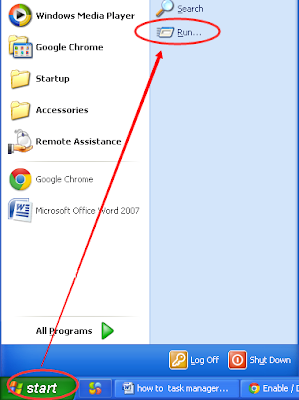
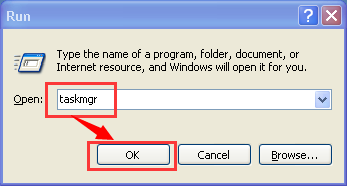
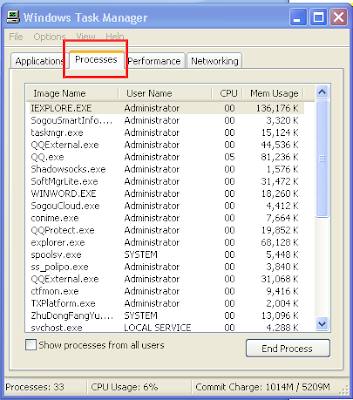
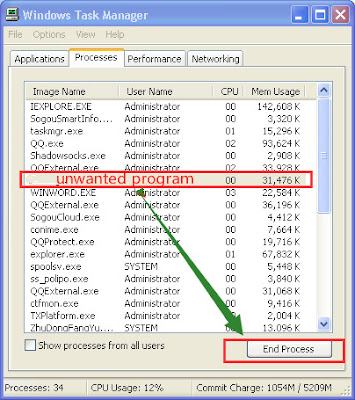
Windows 7 users:
Step 1: Using the shortcut key by pressing key “Window” as well as “R”.Step 2: Enter“taskmgr” in the open box and click “OK”.

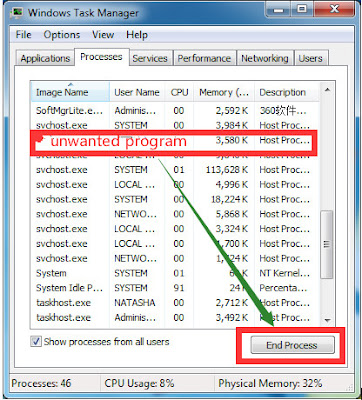
Windows 7 users:
Step 1: Click Start ------the Windows Logo at the bottom left corner of your computer.Step 2: Click Control Panel.
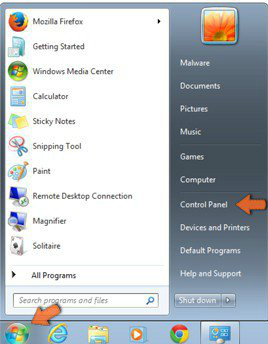
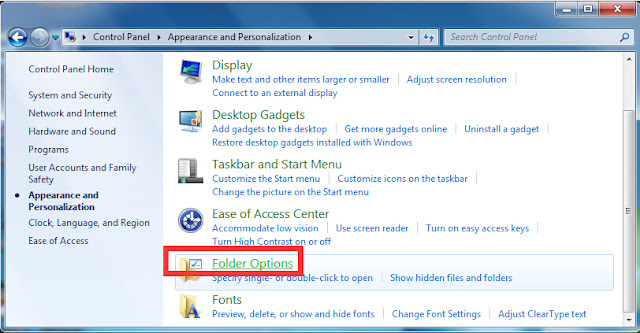
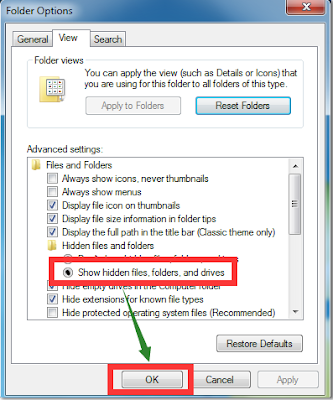
Windows XP users:
Step 1: Click Start ------the Windows Logo at the bottom left corner of your computer.Step 2: Click Control Panel.
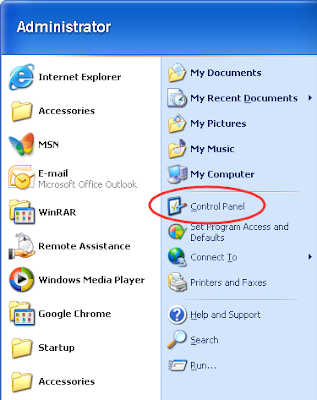
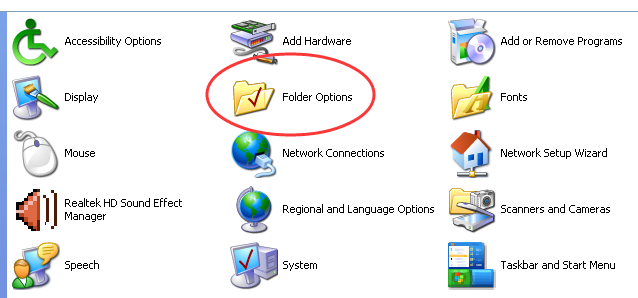
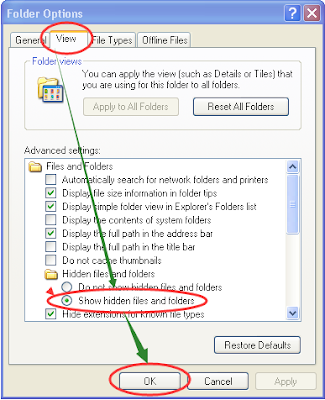
Windows XP users:
Step 1: Click Start ------the Windows Logo at the bottom left corner of your computer.Step 2: Click Run.

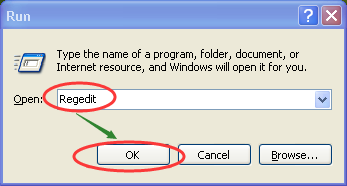
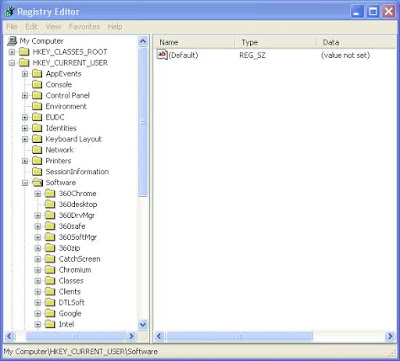
Windows 7 users:
Step 1: Using the shortcut key by pressing key “Window” as well as “R”.Step 2: Enter“regedit” in the open box and click “OK”.
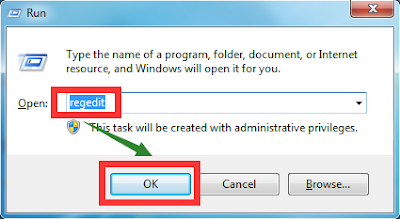
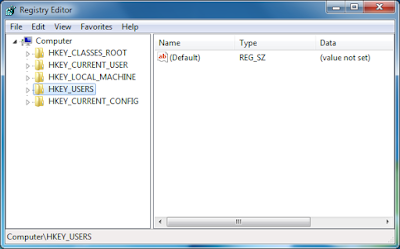
HKEY_LOCAL_MACHINE\SOFTWARE\Microsoft\Windows NT\CurrentVersion\Image File Execution Options\MpUXSrv.exe
HKEY_LOCAL_MACHINE\SOFTWARE\Microsoft\Windows NT\CurrentVersion\Image File Execution Options\MSASCui.exe
HKEY_LOCAL_MACHINE\SOFTWARE\Microsoft\Windows NT\CurrentVersion\Image File Execution Options\msconfig.exe
IE users:
Step 1: Tools > Manager add-ons > Extension.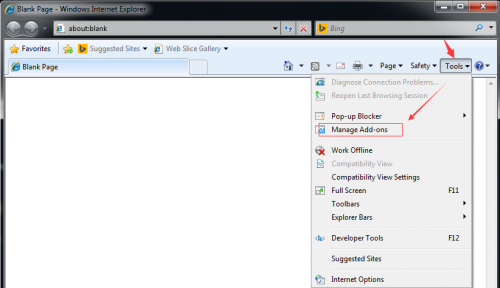
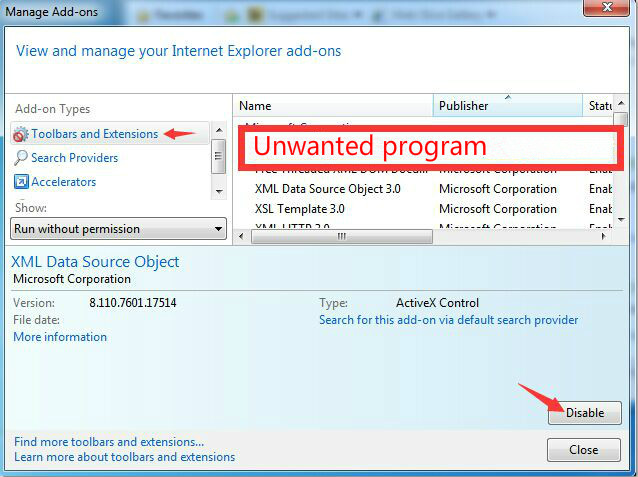
Fourthly, remove suspicious extensions from browsers.
Google Chrome Users:
Step 1:control Google Chrome > More Tools > Extensions.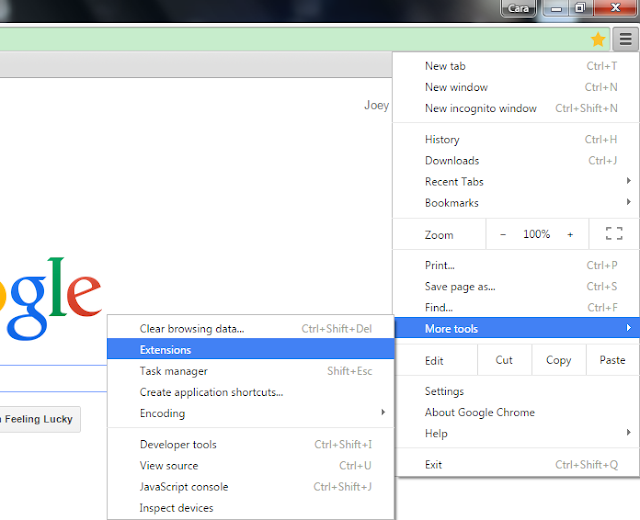
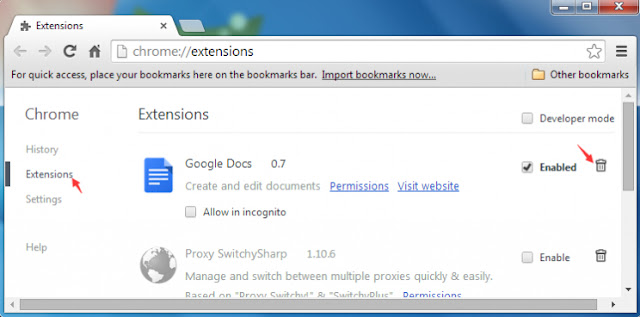
Mozilla Firefox Users:
Step 1: Open Mozilla Firefoxmenu > Add-ons > Extension.
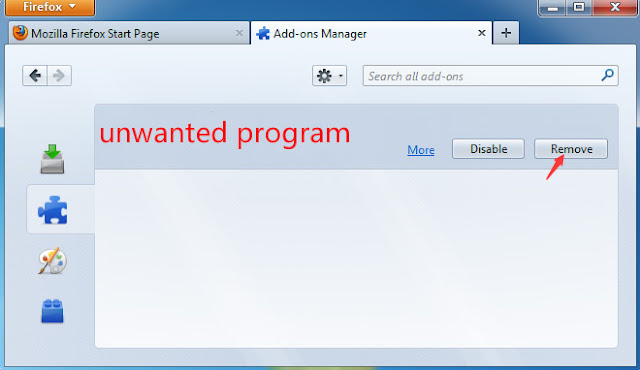
Fifthly,Reset browser homepage.
IE Users:
Tools > Internet options > General > find Home Page and reset the one you like>Settings> OK.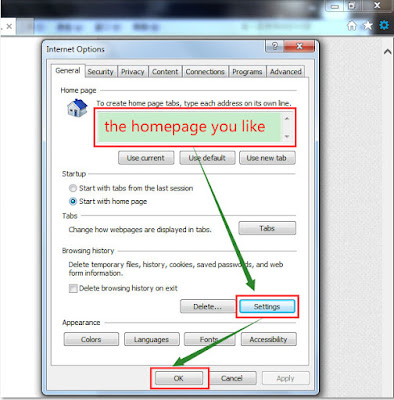
Google Chrome Users:
Customize and control Google chrome > Settings > Set page.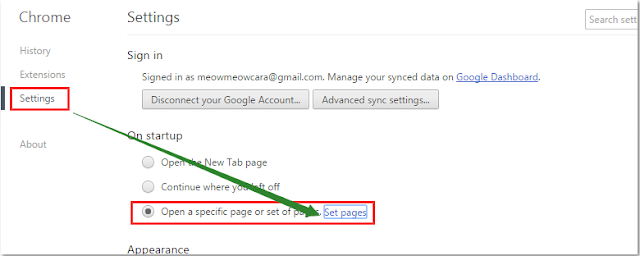
Mozilla Firefox Users:
Open menu > Options > General > find Home Page and reset the one you like> OK.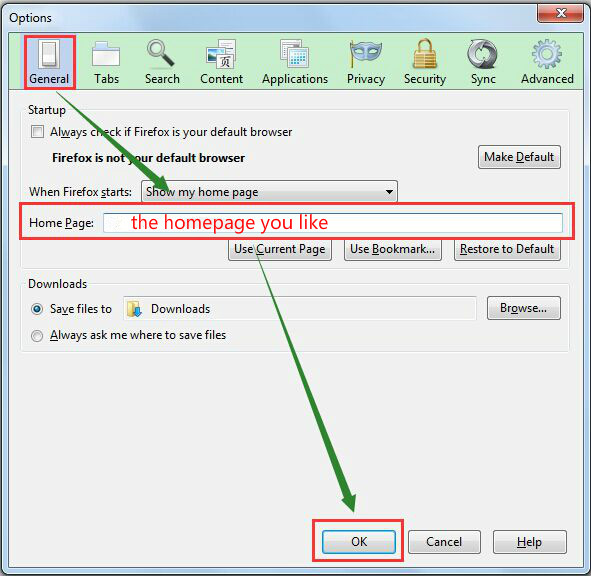
There is a video for manually removing similar browser hijacker.
Solution 2: Automatically get rid of Isearch.SafeFinder.net Completely
Step 1: Download Spyhunter here.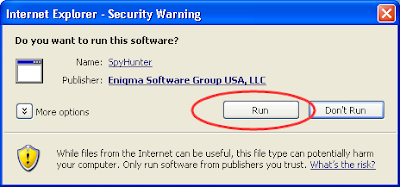
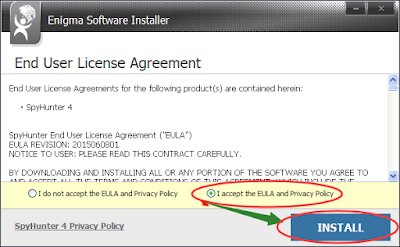
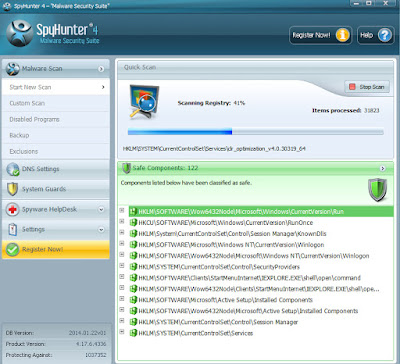
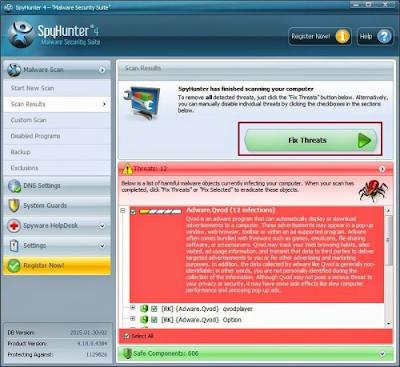
(Rachel)

No comments:
Post a Comment